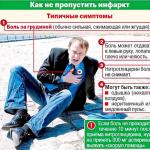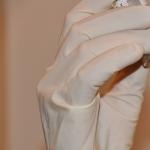Treatment of various forms of stroke, ischemic or hemorrhagic, includes several stages. In the acute period of the disease, as a rule, intensive drug therapy is carried out on the basis of an inpatient department of a specialized clinic.
After discharge from the hospital, stroke treatment continues at home, and the main focus of such therapy is the speedy rehabilitation of the patient and the restoration of lost functions.
At home, it is necessary to continue classes to restore body functions after a stroke
What drugs are used for treatment?
For the speedy recovery of post-stroke patients, various groups of drugs are used, while the treatment regimen is drawn up by the attending neurologist of the hospital, then it can be adjusted by the local therapist and the neurologist of the polyclinic. The following groups of drugs are used:
- Improving the metabolic processes of the brain: nootropics, neuroprotectors.
- vasoactive agents.
- Aimed at correcting stroke complications: anticonvulsants, antipsychotics, antidepressants.
- Preparations for the correction of pressure.
- Prophylactic drugs that prevent thrombosis are antiplatelet agents.
- Multivitamin complexes, biostimulators.
Nootropics and neuroprotectors
This group of drugs is indicated for any type of stroke. The main directions of influence of nootropics: restoration of neuronal connections, normalization of the structure of neurocytes, increase in the resistance of nerve cells to hypoxia.
The appointment of drugs with a nootropic effect allows for a more active rehabilitation of the patient, improves cognitive functions and motor activity, and quickly eliminates speech disorders.
Most often, doctors prescribe at home Nootropil, Cortexin, Glycine, Semax.
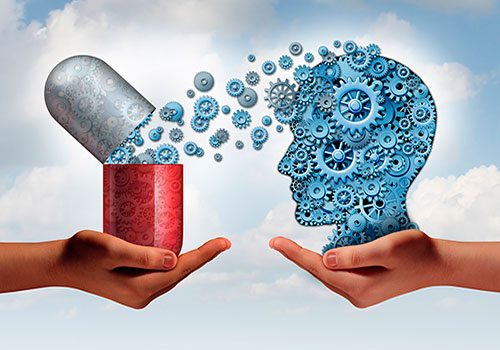
Nootropic drugs can accelerate the recovery of the patient after a stroke
Nootropil has long been used in medical practice in the treatment of strokes. It helps to restore memory, attention, improves speech skills. In the hospital, it is administered parenterally; after discharge, capsules are recommended for home use. Assign 1200 mg three times a day, the duration of treatment is 1-2 months. The drug is generally well tolerated by patients. After finishing taking Nootropil, you can take a break, then repeat the course of therapy again.
At home, you can also use the highly effective drug Cortexin, which promotes faster recovery of neurons and well eliminates neurological deficits. It is used intramuscularly at 10 mg, procaine is used as a solvent. The course of treatment is at least ten days.
Well proven drug Glycine. It is not a true nootropic, but nevertheless it also helps to restore mnestic functions. Its main advantage is a mild sedative effect. Glycine is able to reduce muscle hypertonicity, which is important for patients with spastic paresis. Take it in a monthly course of 0.2 g up to three times a day. Glycine tablet is placed under the tongue and gradually dissolve.
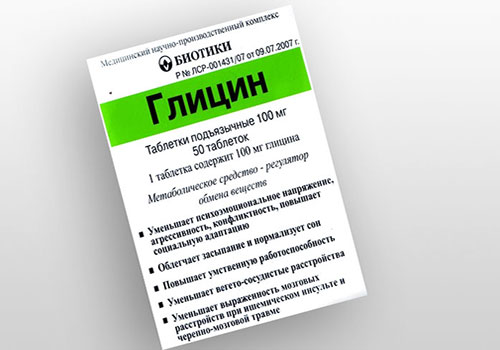
Glycine is often prescribed for rehabilitation - it is effective in calming the patient during the recovery period
An effective medicine for the treatment of the consequences of a stroke is Semax. It is especially indicated for patients with various cognitive impairments: memory disorders, attention disorders, asthenic phenomena, and speech defects. In addition, it significantly increases the adaptive capabilities of the body and increases resistance to stressful situations, which contributes to a faster recovery of lost functions. Semax is easy to use, it is administered nasally. The medicine is instilled 3 drops into each nasal passage, the procedure is repeated up to 4 times a day. The duration of treatment should be at least ten days.
In combination with nootropics, B vitamins (B1; B6; B12) are often prescribed. Thanks to them, lost neuronal connections are better restored, the patient's rehabilitation is faster. Initially, they are recommended parenterally (intramuscularly) for 5-7 days, then tablets are prescribed. This group of drugs includes Neurorubin, Milgamma. Milgamma is administered 2 ml once a day for about a week, then Milgamma compositum tablets are recommended, take one tablet per day. The course of treatment is at least a month.
According to neurologists, Mexidol has proven itself well in the treatment of stroke. It cannot be attributed to nootropics, but, nevertheless, it is quite effective in the acute period of stroke, since it protects neurons well from hypoxia. Mexidol injections are used mostly on the basis of a hospital, at home they sometimes recommend its tablet forms, one tablet twice a day, a course of at least a month.
Vasoactive drugs
Drugs affecting cerebral vascular tone also occupy an important place in the treatment of both the acute period of a stroke and during rehabilitation measures. Use the following medicines:
- Vazobral.
- Instenon.
- Cavinton.
- Sermion.
- Trental.
- Reopoliglyukin.
In order to cure a stroke, Instenon is often used - a combination drug that has both vasoactive properties and a stimulating effect on brain structures. In a hospital, it is prescribed parenterally in the form of intravenous drip injections. At home, the medicine is taken in the form of tablets, one to three times a day. The duration of the course of treatment should be at least 5-6 weeks.
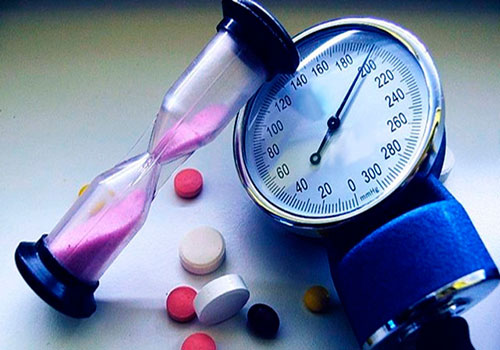
Vasoactive drugs are used to restore cerebral vascular tone.
Cavinton, long used by neurologists, has a good effect in the treatment of ischemic strokes. It is indicated both in the subacute period of stroke, and during recovery measures, it is also prescribed for the treatment of post-traumatic and dyscirculatory encephalopathies. Parenteral administration of the drug is carried out only stationary. At home, the patient takes Cavinton tablets, 10 mg twice a day. Duration of admission is from one to two months.
It should be remembered that the appointment of vasoactive drugs is carried out only by the attending physician. This takes into account the type and severity of the stroke, concomitant cardiological and somatic diseases.
Treatment of stroke complications
Complications after a stroke include the development of seizures, depression, and various psycho-emotional disorders. Therapy for post-stroke epilepsy includes the appointment of anticonvulsants: Carbamazepine (Finlepsin), sodium valproate, lamotrigine, topamax and others. They are prescribed with the lowest dosage, then gradually increased until a therapeutic effect is achieved and convulsive seizures stop.
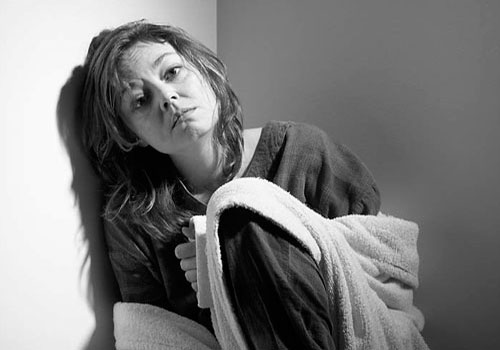
After a stroke, various complications can develop, depression among them is very common.
After a stroke, especially in patients with a neurological deficit, depressive conditions of varying severity often develop. In this case, you may need to take antidepressants: Amitriptyline, Citalopram, Ecitalopram. Ecitalopram is prescribed 5 mg once a day, in the future it is possible to increase the dosage to 20 mg.
Correction of pressure and prevention of recurrent stroke
It is known that the onset of stroke is often caused by a prolonged increase in blood pressure. For this reason, in the treatment of stroke, it is important to correct arterial hypertension and maintain blood pressure at an optimal level. At home, oral antihypertensive drugs are recommended: ACE blockers, beta-blockers, calcium channel blockers, diuretics. The attending physician selects the optimal scheme and dosage of the drug to reduce pressure, a combination of such agents is possible. Then the patient independently adheres to the selected regimen, if necessary, turns to the local therapist.
Preventive medicines
In addition to drugs that have a direct therapeutic effect, after a stroke, preventive therapy is also prescribed to reduce the risk of recurrent stroke. It may include:
- Acetylsalicylic acid preparations 75-100 mg.
- Dipyramamole 200-400 mg in combination with aspirin.
- Clopidogrel 75 mg.
- Lipid-lowering agents (Atorvastatin).
Atorvastatin reduces cholesterol and LDL levels in post-stroke patients, which is especially important for preventing recurrent vascular accident. They take a pill of the drug once a day, to achieve the effect of the treatment, a long-term intake, several months, is necessary.
Complementary Therapy
Stroke treatment at home, especially at the stage of rehabilitation, also sometimes includes multivitamin complexes, biostimulants. Of the multivitamin preparations, Supradin, Vitrum, Duovit are prescribed. With difficulty swallowing, it is possible to use liquid forms: Dr. Theis multivitamin complex, Bittner cardio. Before buying biostimulants in a pharmacy, you should definitely consult a doctor, since some of them (ginseng, leuzea, aralia) have an exciting effect and may be contraindicated.
It should be taken into account that taking medications is always combined with other therapeutic measures, for example, massage, physical therapy, according to indications, consultations of a speech therapist and psychotherapist. Only an integrated approach will help to achieve the maximum effect from the medical treatment of stroke.
What remedy for headaches, migraines and stress do not yet know many doctors?!
- Do you suffer from episodic or regular headaches?
- Presses and squeezes the head, eyes, or "hit with a sledgehammer" on the back of the head, knocking at the temples?
- Do you sometimes feel nauseated and dizzy when you have a headache?
- Everything starts to annoy, it becomes impossible to work!
- Throw out your irritability on loved ones and colleagues?

